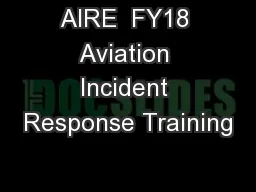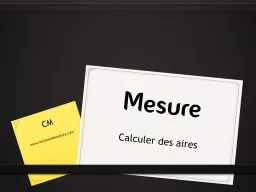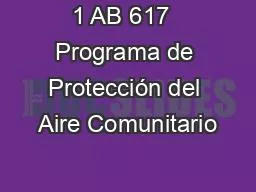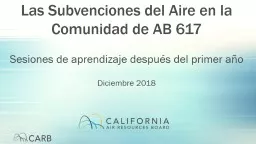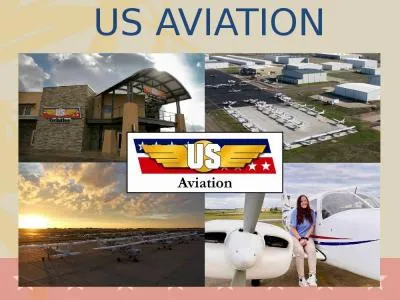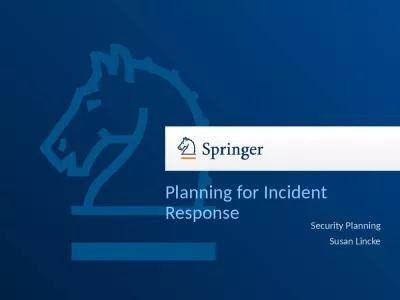PPT-AIRE FY18 Aviation Incident Response Training
Author : natalia-silvester | Published Date : 2018-11-05
What is an AIRE A focused training activity that places the participants in a simulated situation requiring them to function in the capacity that would be expected
Presentation Embed Code
Download Presentation
Download Presentation The PPT/PDF document "AIRE FY18 Aviation Incident Response Tr..." is the property of its rightful owner. Permission is granted to download and print the materials on this website for personal, non-commercial use only, and to display it on your personal computer provided you do not modify the materials and that you retain all copyright notices contained in the materials. By downloading content from our website, you accept the terms of this agreement.
AIRE FY18 Aviation Incident Response Training: Transcript
Download Rules Of Document
"AIRE FY18 Aviation Incident Response Training"The content belongs to its owner. You may download and print it for personal use, without modification, and keep all copyright notices. By downloading, you agree to these terms.
Related Documents

